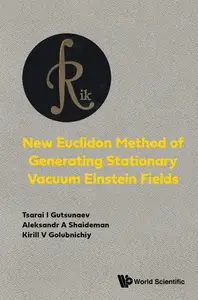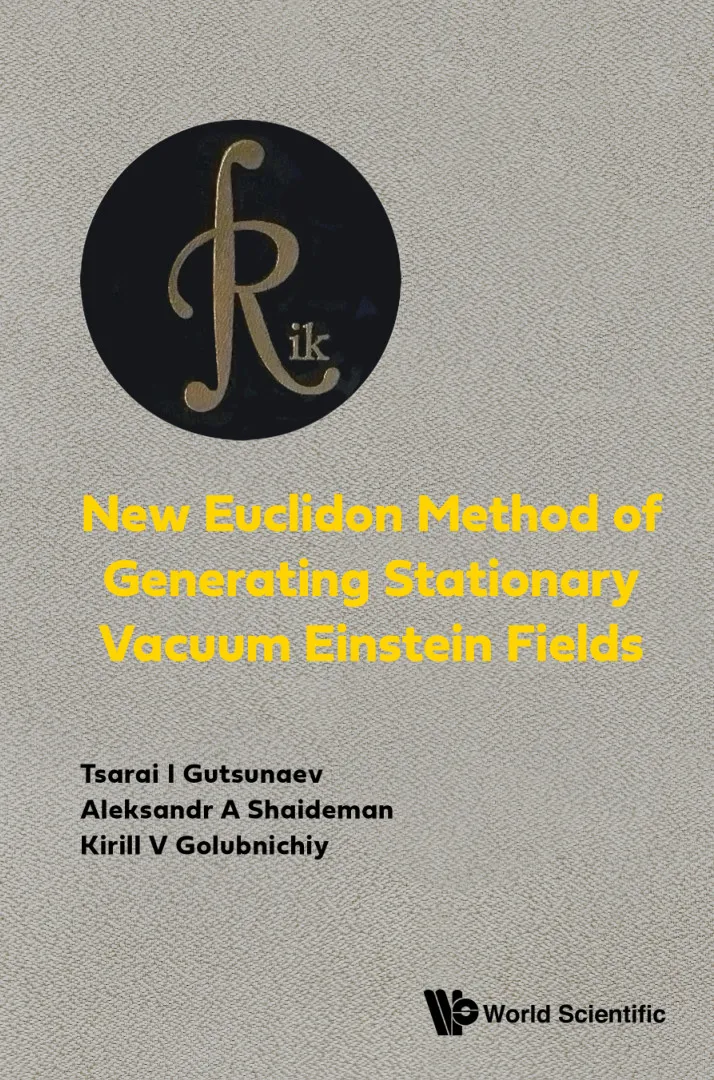New Euclidon Method Of Generating Stationary Vacuum Einstein Fields
English | 2026 | ISBN: 9819813913 | 182 Pages | PDF (True) | 17 MB
English | 2026 | ISBN: 9819813913 | 182 Pages | PDF (True) | 17 MB
The purpose of this book is to systematically derive, as much as possible, the main exact asymptotically flat solutions of the static and stationary axially symmetric vacuum Einstein-Maxwell equations. The primary 'building block' used is the Euclidon solution, which has a clear physical interpretation as a relativistic accelerated non-inertial reference frame in the flat space-time.In the first part, static Einstein fields are considered. The one-static Euclidon solution and its generalizations are obtained by various methods.The second part deals with the main classes of stationary vacuum Einstein field solutions. The one-stationary soliton solution, the one-stationary Euclidon solution, and its physical interpretation are obtained.In the third part, using the method of variation of parameters, solutions are obtained including a two-Euclidon stationary solution, which coincides with the Kerr-NUT solution.The fourth part deals with the main classes of static Einstein-Maxwell fields. The methods of superposition of the one-stationary Euclidon solution, the one-stationary soliton solution, and the two-Euclidon stationary solution with arbitrary external static electrovacuum fields are also applied to this case.The fifth part deals with stationary Einstein-Maxwell fields. The generalized solutions are constructed using symmetry transformations from the previously found solutions.



